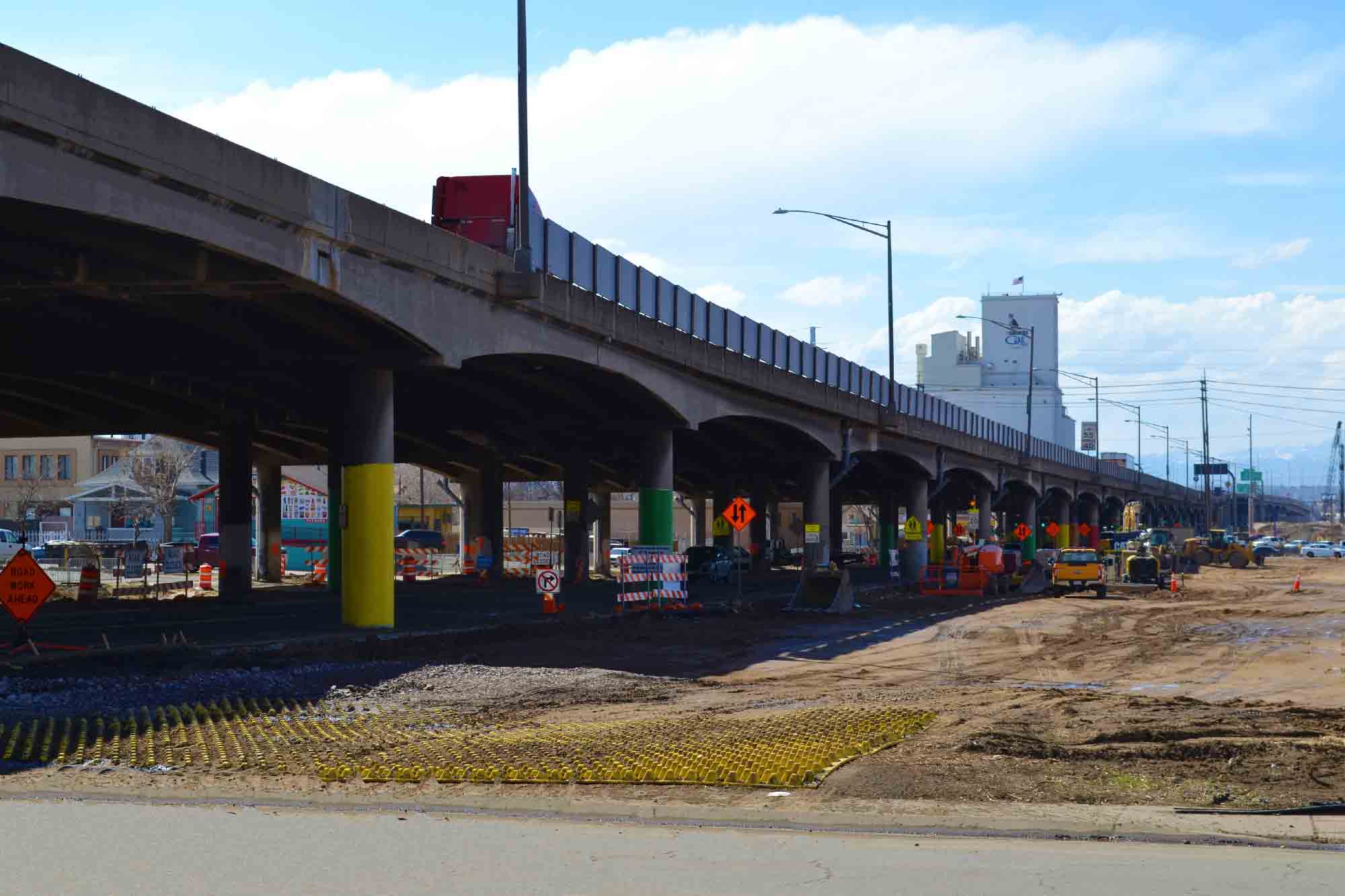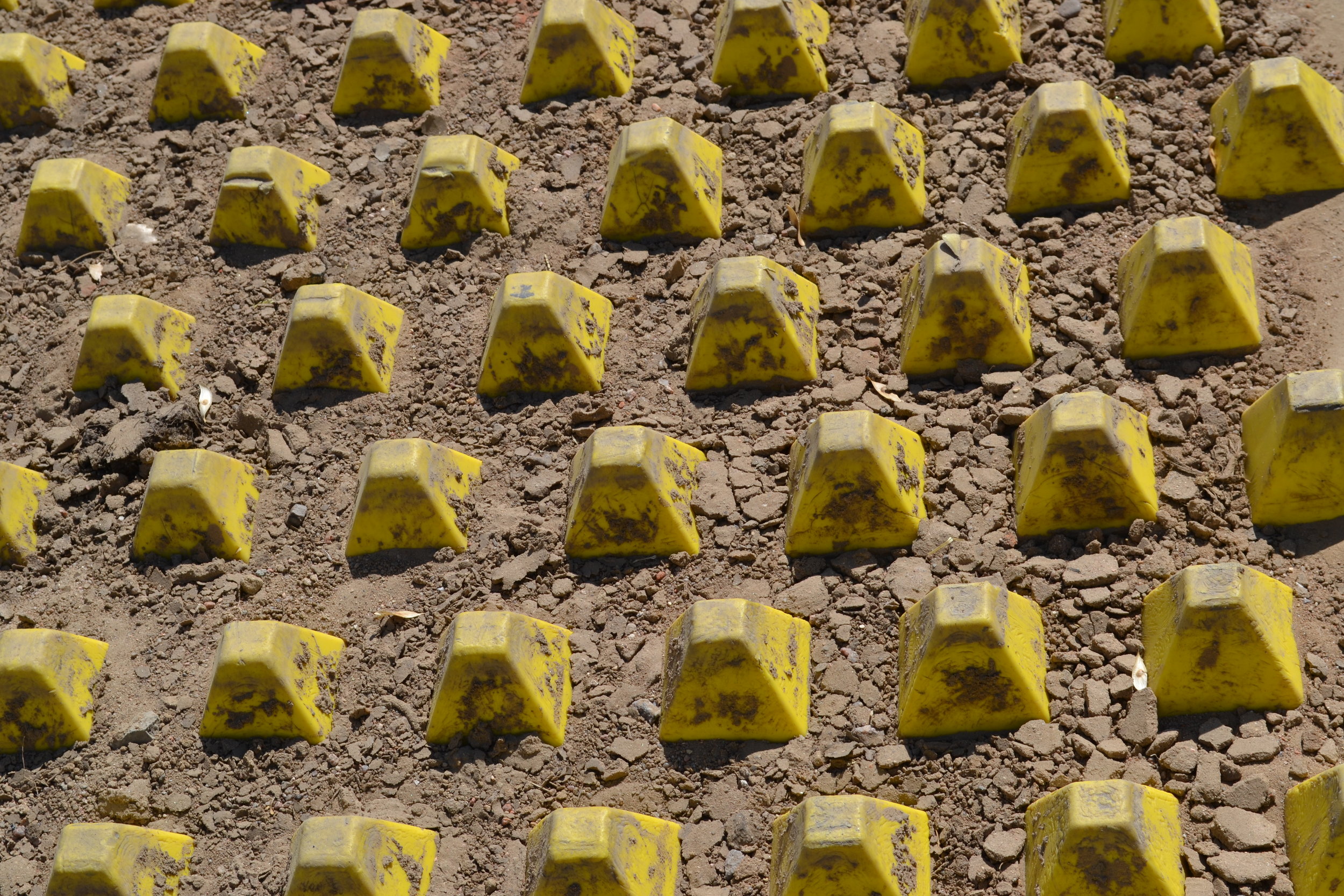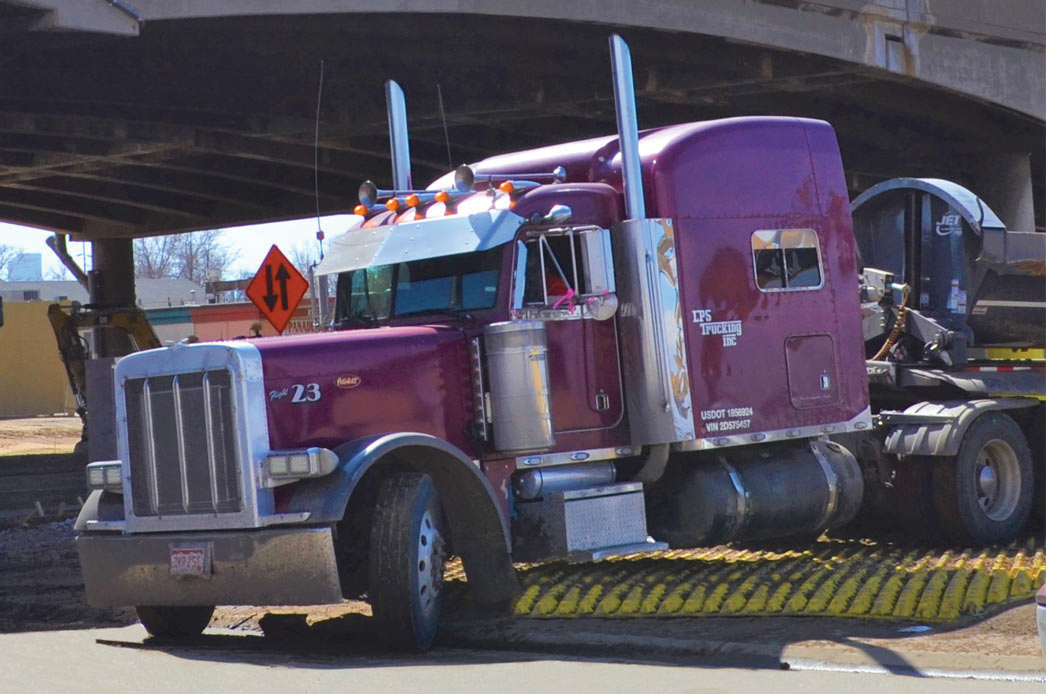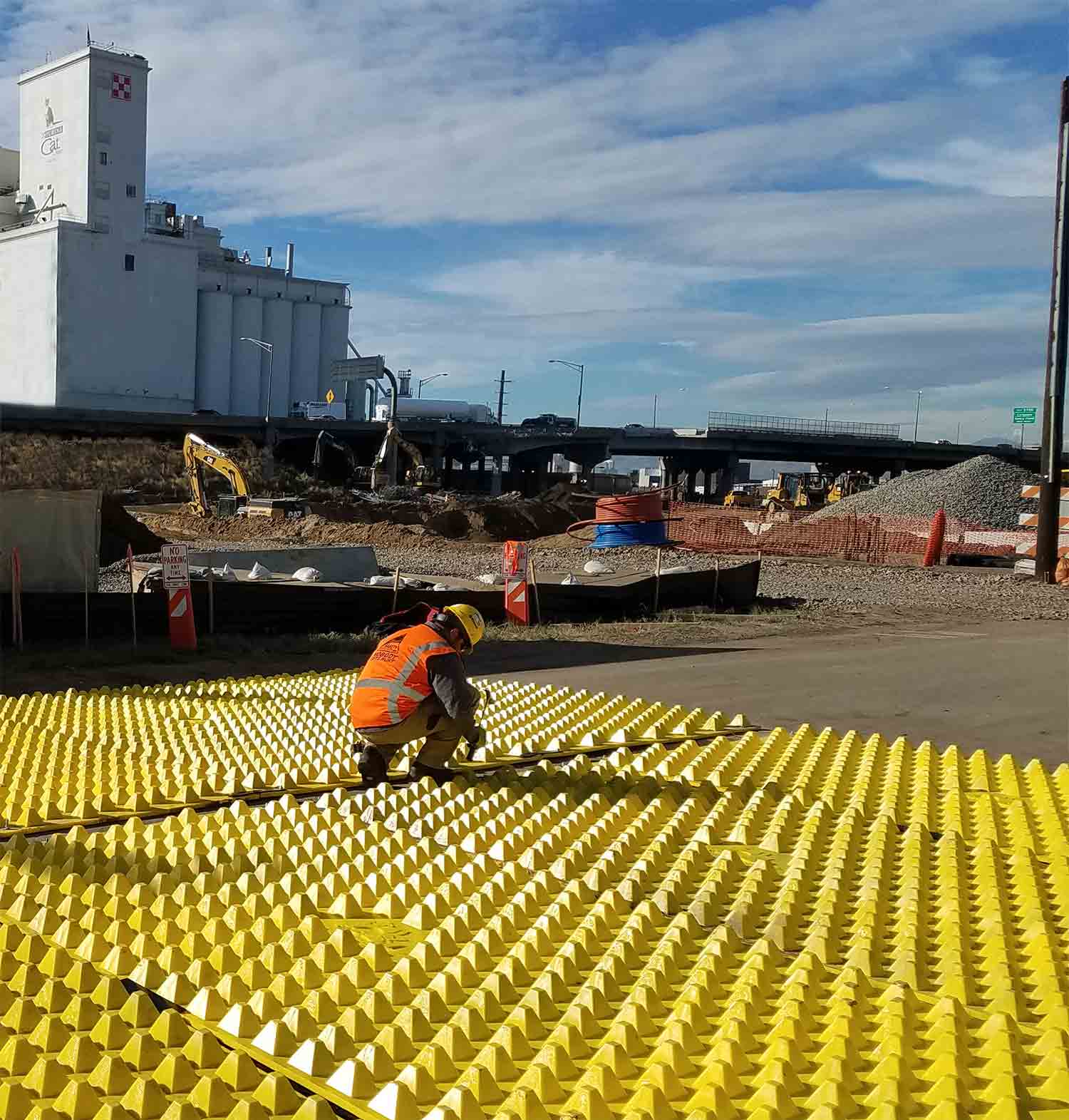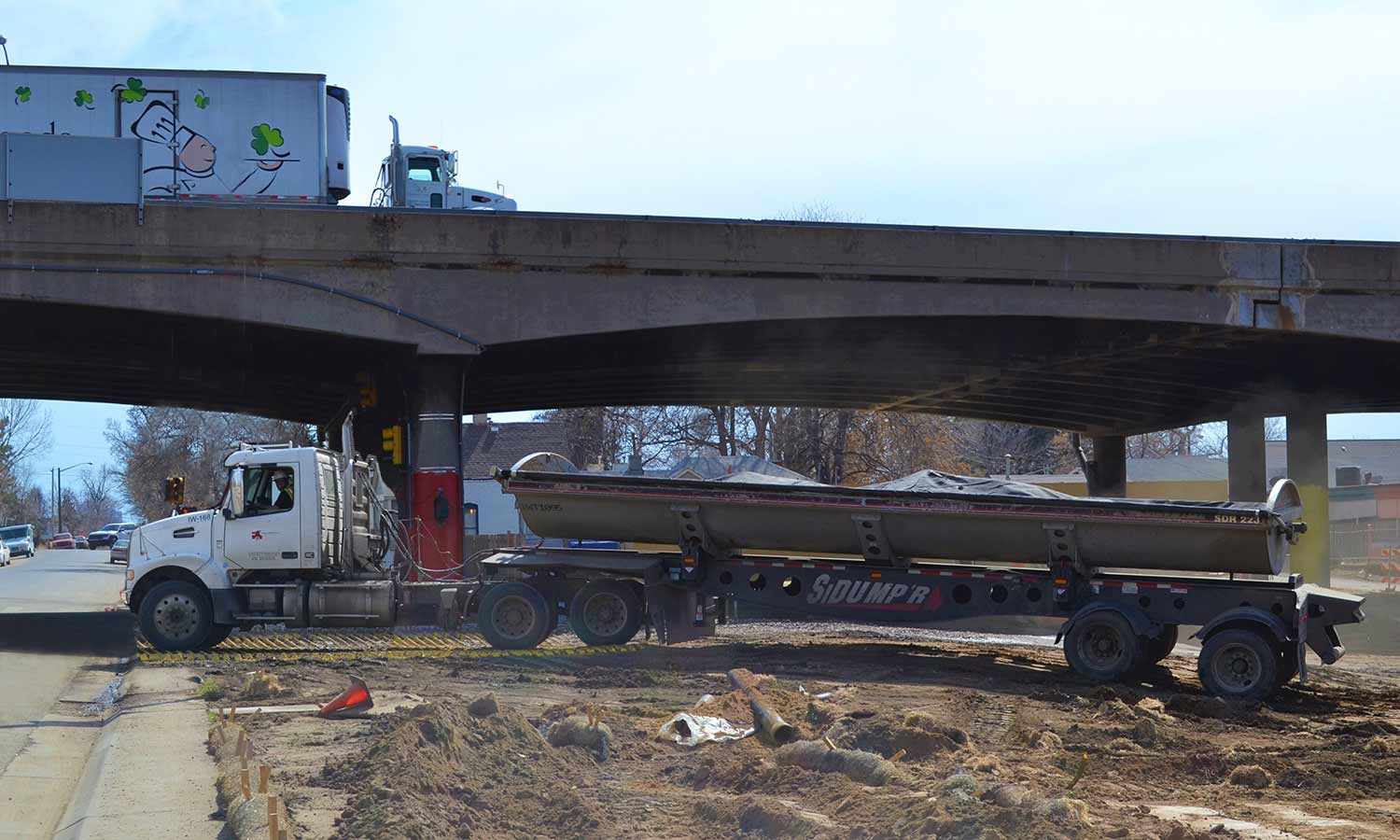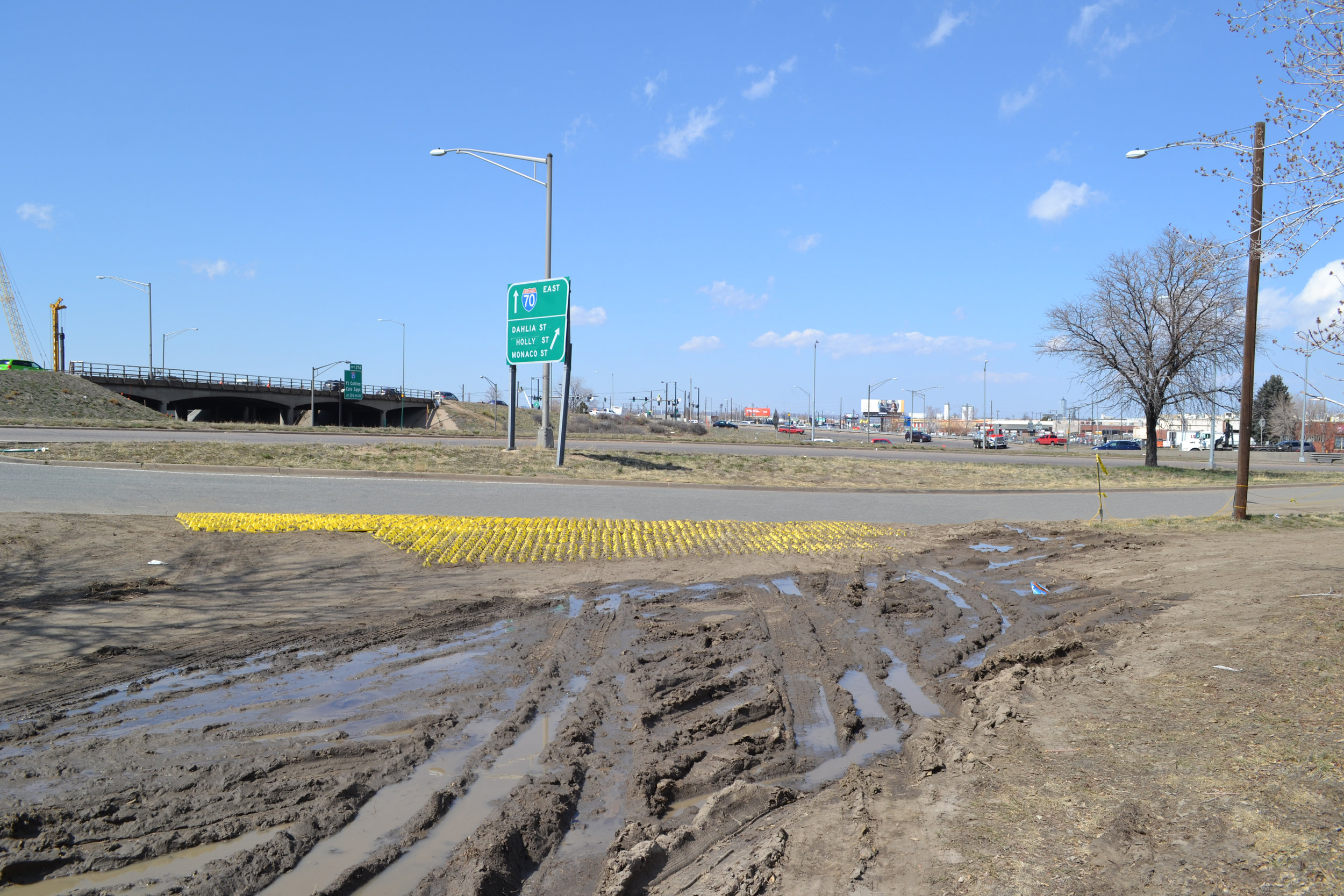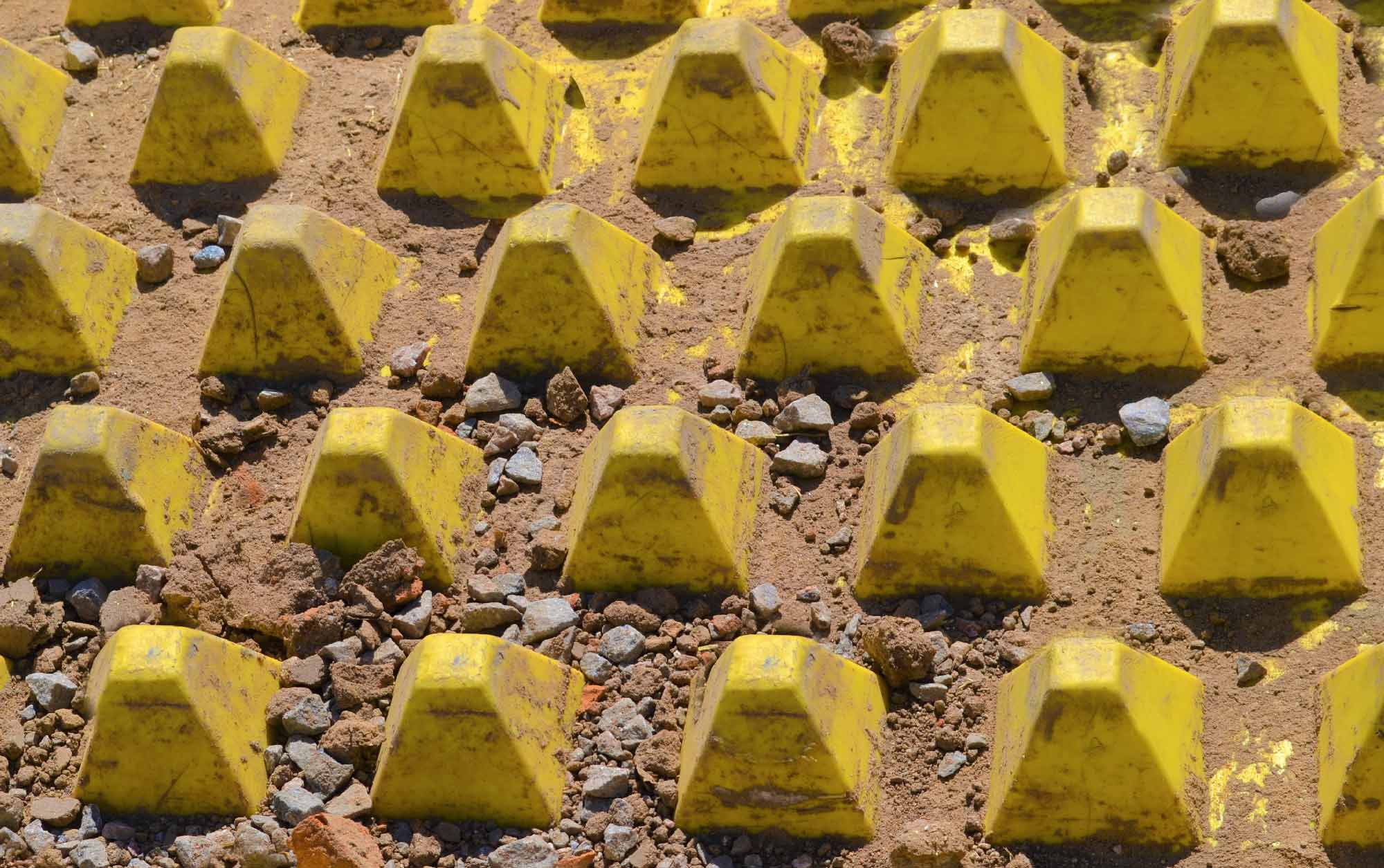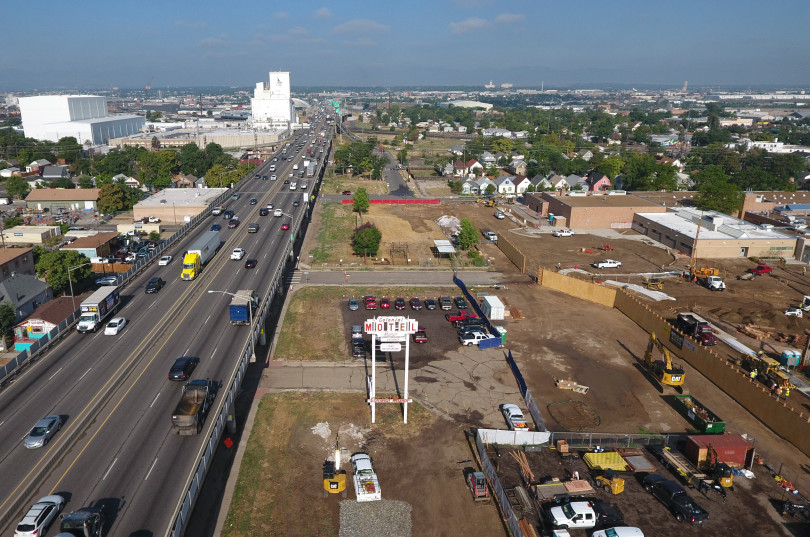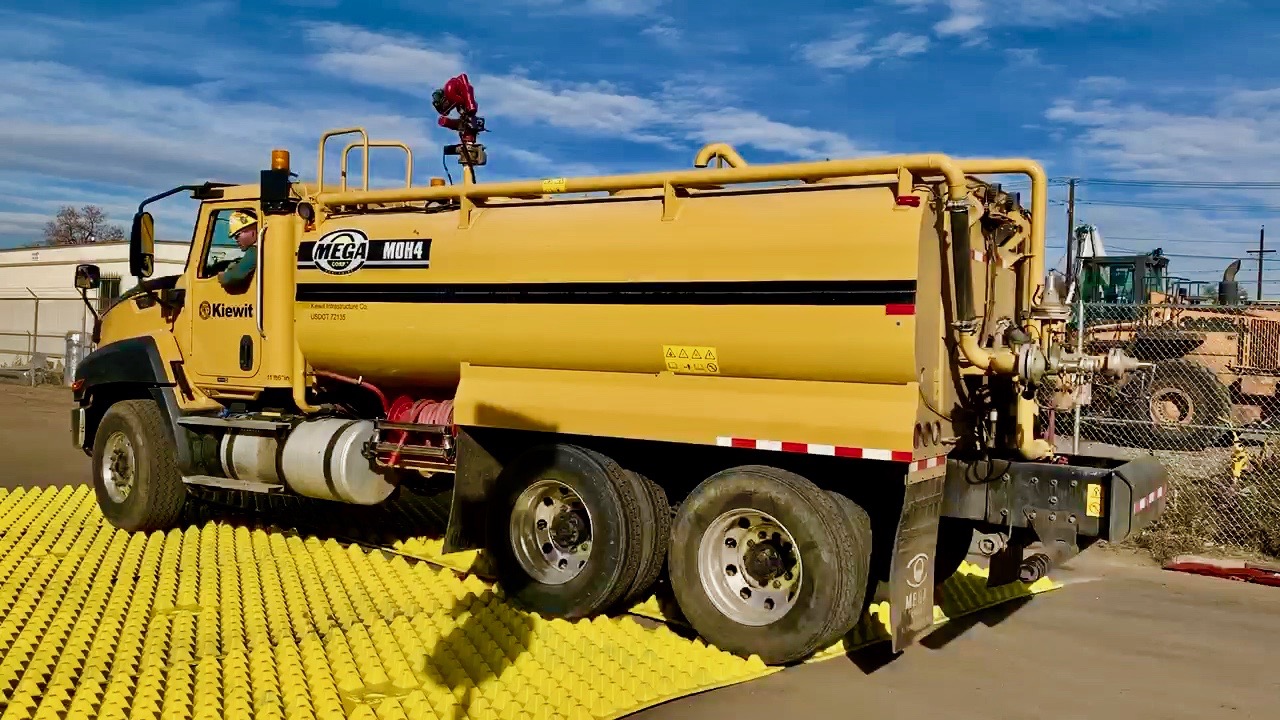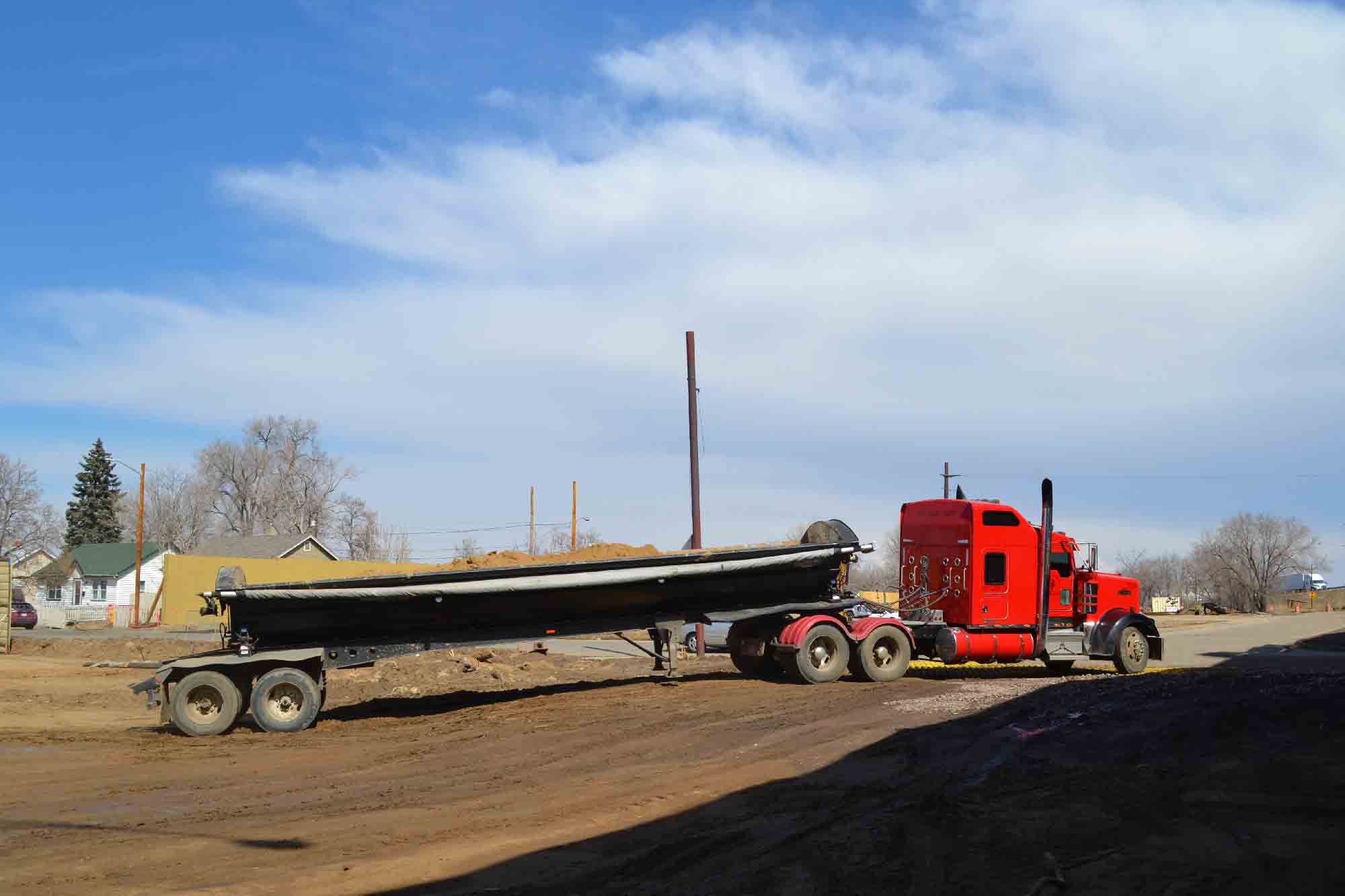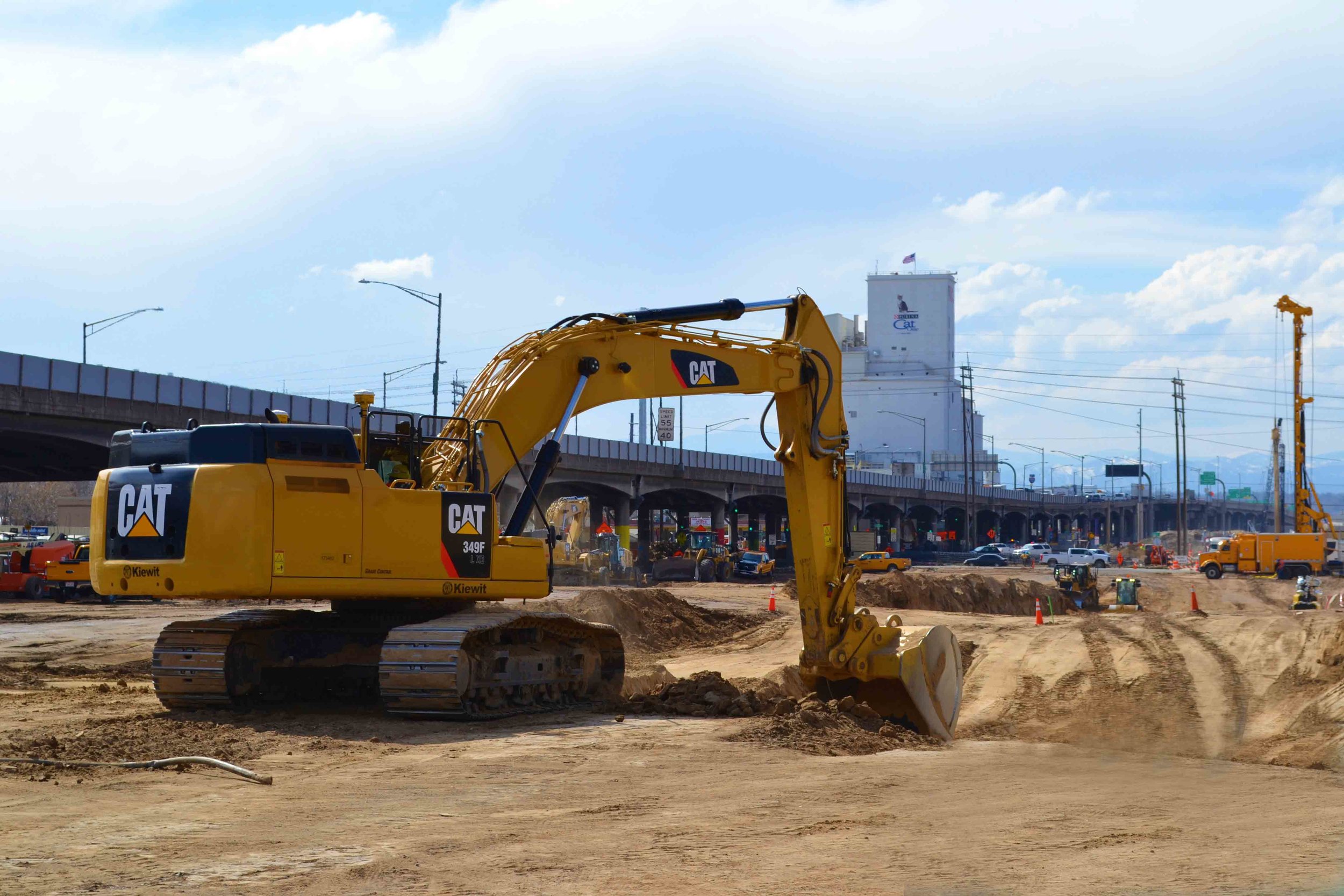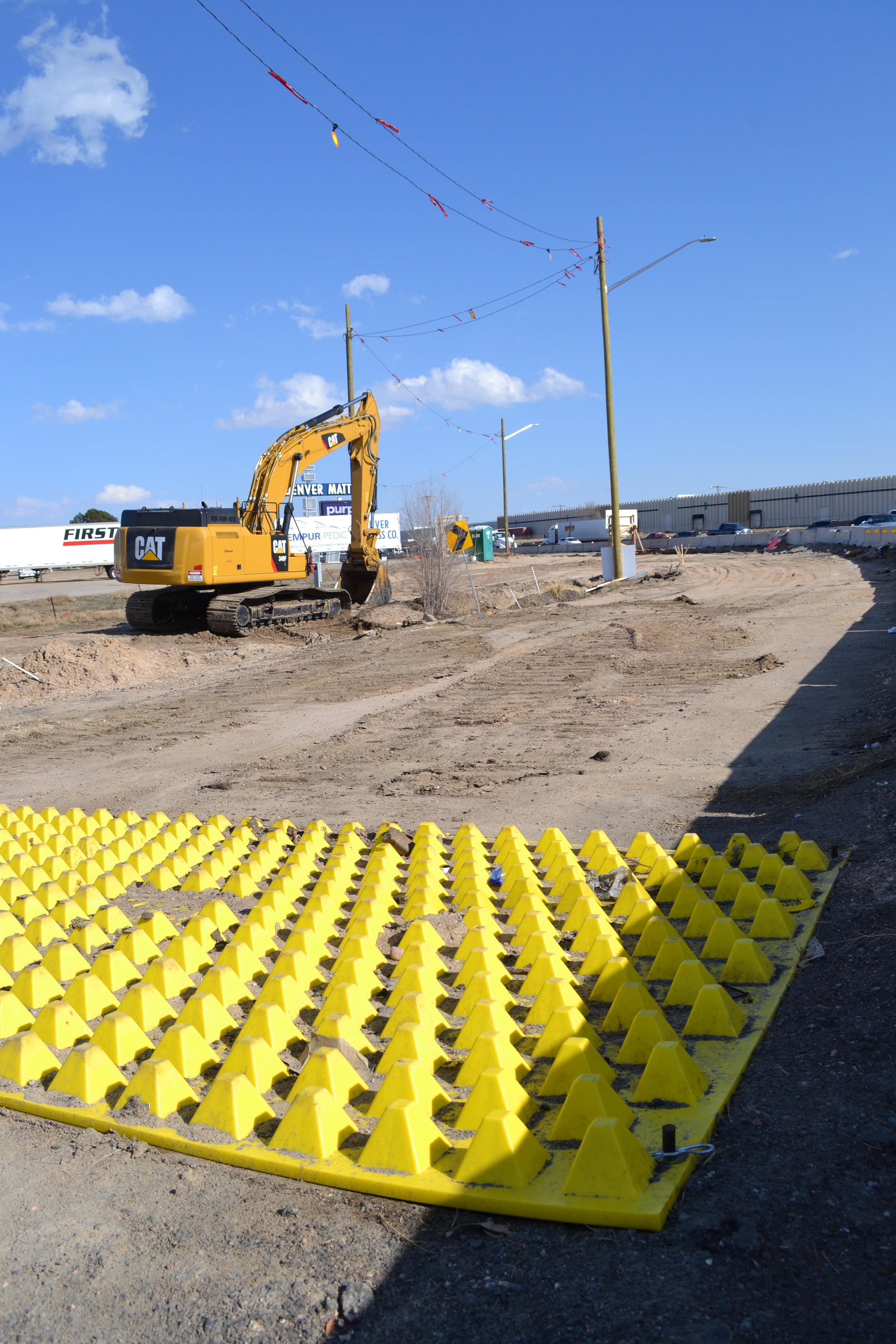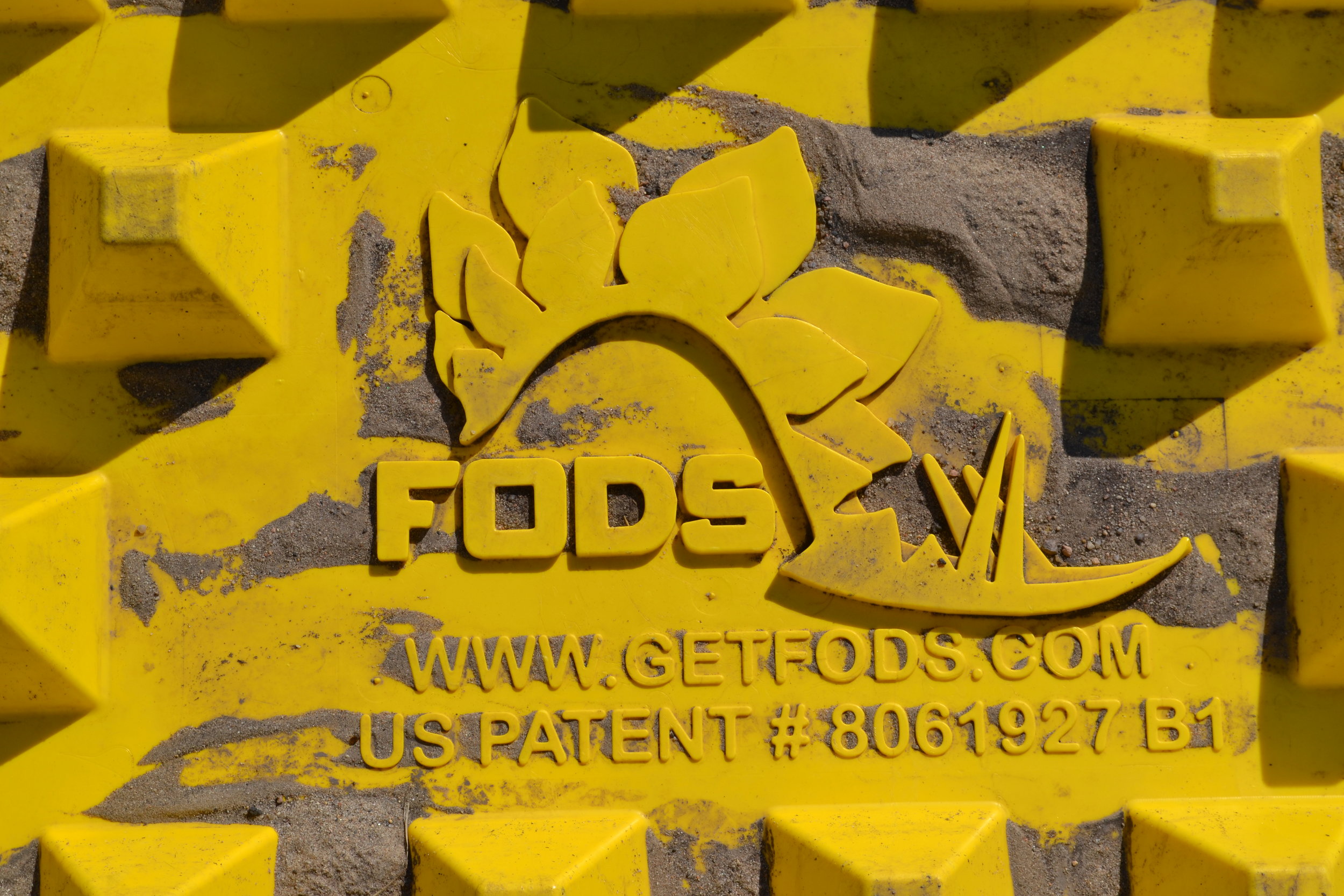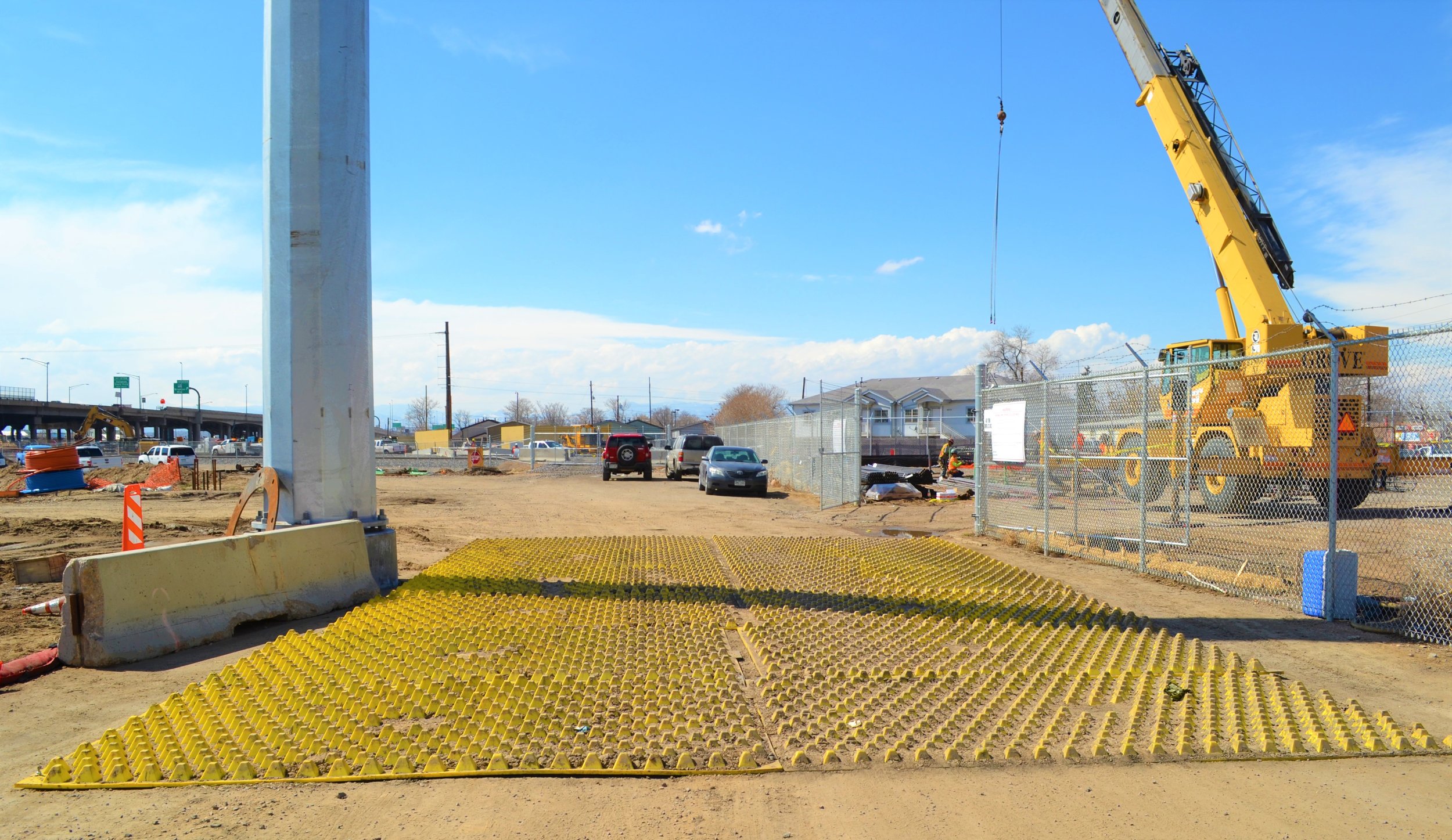Stopping Sediment on $2.2 Billion Dollar Central 70 Reconstruction Project
Interstate 70 cuts through Denver and plays a major role as one of Colorado’s vital economic arteries. I-70 allows access to 1,200 businesses and the Denver International Airport. As many as 220,000 vehicles per day travel along the I-70 corridor. A projected 35% increase in traffic volume is expected by 2035-with nearly 300,000 daily trips-along the I-70 corridor.
Built in the early 1960s, the expected lifespan of bridges and drainage systems of I-70 was 30 years. Nine structures on the I-70 corridor are categorized as either functionally obsolete or structurally deficient and in need of repair, rehabilitation or replacement. The $2.2 billion Central 70 Project, the largest rehabilitation undertaking in the Colorado Department of Transportation’s (CDOT) history, was the answer to a deteriorating transportation infrastructure.
The system prevents large amounts of fugitive dust, dirt and debris from contaminating public streets and highways.
Needed Improvements
In August 2017, the High Performance Transportation Enterprise (HPTE) and Colorado Bridge Enterprises (CBE) (collectively, the Enterprises) within CDOT signed a public-private partnership contract with Kiewit Meridiam Partners LLC (KMP) to design, build, finance, operate and maintain the Central 70 Project for 30 years. KMP is an international team of private companies, led by Paris-based Meridiam, a global infrastructure investment company, and a unit of Kiewit Corp. Kiewit is North America’s largest construction and engineering organization based in Omaha, Neb.
The four-year Central 70 Project will provide sufficient transportation infrastructure to ensure efficient movement of people and products. The Central 70 Project will reduce congestion and emissions, improve safety, and better accommodate future growth. CDOT intends to make the Central 70 Project sustainable for future generations, calling it a “hundred-year stretch of highway.”
The Project
The Central 70 Project will overhaul a 10-mile stretch of I-70 between Brighton Boulevard and Chambers Road, and widen and lower the interstate 30 ft between Brighton and Colorado Boulevard. It also will place a 4-acre park over a section of the lowered interstate, remove the aging 55-year-old viaduct, add a tolled express lane in both directions, and replace bridges and a flyover ramp from I-270 to eastbound I-70. Finally, it will add a Union Pacific Railroad bridge, add an extensive drainage system on the north and south sides of I-70, and widen shoulders outside and inside travel lanes for emergency response vehicles. Overall, the project will improve interchanges, frontage roads and interstate access points.
KMP’s design raises the interstate’s profile through the viaduct section 12 ft, eliminating exposure to the groundwater table and reducing the amount of soil disruption in this area by 10,000 truckloads of dirt. During Central 70 improvements, KMP used the FODS trackout control system to prevent construction debris pollution from exiting worksites and entering storm water runoff, meeting CDOT’s best management practices.
The mats were placed at major intersections and projects throughout the Central 70 Project.
Controlling Dust & Runoff
Air quality and storm water runoff remain major environmental challenges that heavy civil contractors must manage throughout their projects, and the extended timeline of the Central 70 Project makes this project no different.
A recent study by raSmith Eng. found that 75% of all Stormwater Pollution Prevention Plan violations occur at the site entrance points. Dust or PM10, a mixture of inhalable solid particles and liquid particles 10 μm and smaller in diameter, is emitted from all construction sites and can enter storm water runoff. CDOT made a number of commitments to local residents, promising to mitigate the impacts of construction noise and dust, and maintain air and water quality.
Knowing construction dust and debris cause temporary impacts, and that storm water runoff creates erosion and degradation of water quality during and after construction, Kiewit looked to FODS LLC for best management practices surrounding mitigation procedures. The trackout control system helps control offsite erosion and sediment commonly associated with construction and other worksites. The trackout mats help prevent erosion and sediment from entering storm water runoff, maintaining water quality.
KMP currently is using more than 130 FODS Trackout Control Mats to mitigate emitted particulate construction pollution, reduce the amount of fugitive dirt, dust and debris tracked out into public streets, prevent sediment and erosion from entering storm water runoff, maintain current impact, and improve neighboring communities air and water quality.
Installation Specifications
The system is installed using 12-ft-wide-by-7-ft-long mats in the direction of travel, which link together to create a uniform composite trackout control system. The mats are interconnected using steel straps, and consist of staggered pyramid structures that force open tire lugs, thus causing debris to fall out, cleaning the entirety of the tires. Once the debris is removed from the tires, it falls to the base of the mat where it remains undisturbed by subsequent vehicles. The mats prevent trackout from leaving a worksite. As the mats trap dirt and prevent it from entering the roadway, a maintenance crew periodically will clean the mats using a Skid-steer broom attachment or a shovel designed specifically to fit between pyramids on the mat.
